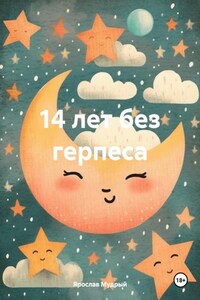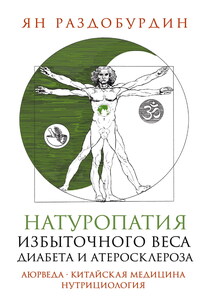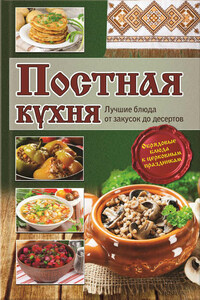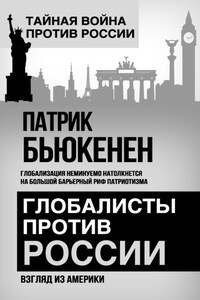Killing Us Softly: The Sense and Nonsense of Alternative Medicine
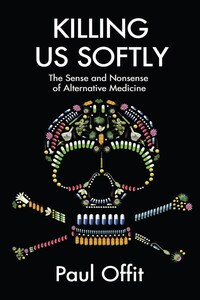
A medical expert — the Chief of the Division of Infectious Diseases at Children’s Hospital in Philadelphia — offers a scathing expose of the alternative medicine industry, revealing how its popular therapies are ineffective, expensive and even deadly.A half a century ago, acupuncture, homeopathy, naturopathy, Chinese herbs, Christian exorcisms, dietary supplements, chiropractic manipulations and traditional Indian remedies were once considered on the fringe of medicine. Now, these practices—known as alternative, complementary, holistic, and integrative medicine—have become mainstream, used by those seeking to burn fat, detoxify livers, shrink prostates, alleviate colds, stimulate brains, boost energy, reduce stress, enhance immunity, eliminate pain, prevent cancer, and enliven sex.But as Paul Offit reveals, alternative medicine – an unregulated industry under no legal obligation to prove its claims or admit its risks – can actually be harmful to our health. In Killing Us Softly he exposes how:• Homeopathic asthma preparations and bogus cancer cures have replaced life-saving medicines.• Indian remedies have contained dangerous quantities of heavy metals.• Chinese herbs have caused kidney failure and bone marrow suppression.• Acupuncture needles have pierced hearts, lungs, and livers and transmitted viruses, including hepatitis B, hepatitis C, and HIV.• Chiropractic manipulations have torn arteries.• Dietary supplements have caused uncontrolled bleeding, heart failure, hallucinations, arrhythmias, seizures, coma, and death.• Megavitamins increase the risk of cancer and heart disease—a fact well known to scientists but virtually unknown to the public.Using dramatic real-life stories, Dr Offit separates the sense from the nonsense, showing why any therapy – alternative or traditional – should be scrutinized. As he writes, “There’s no such thing as alternative medicine. There’s only medicine that works and medicine that doesn’t.”


